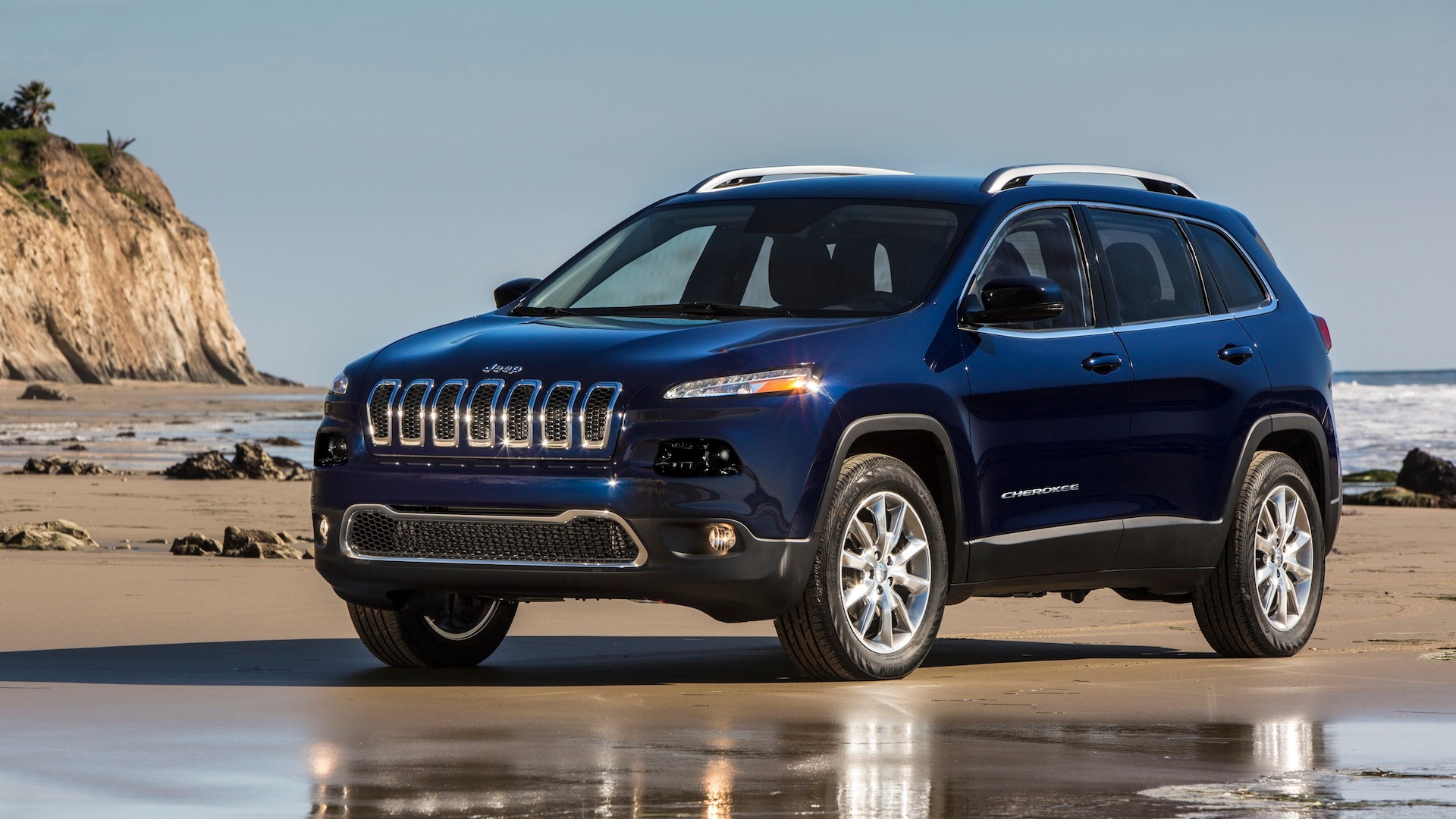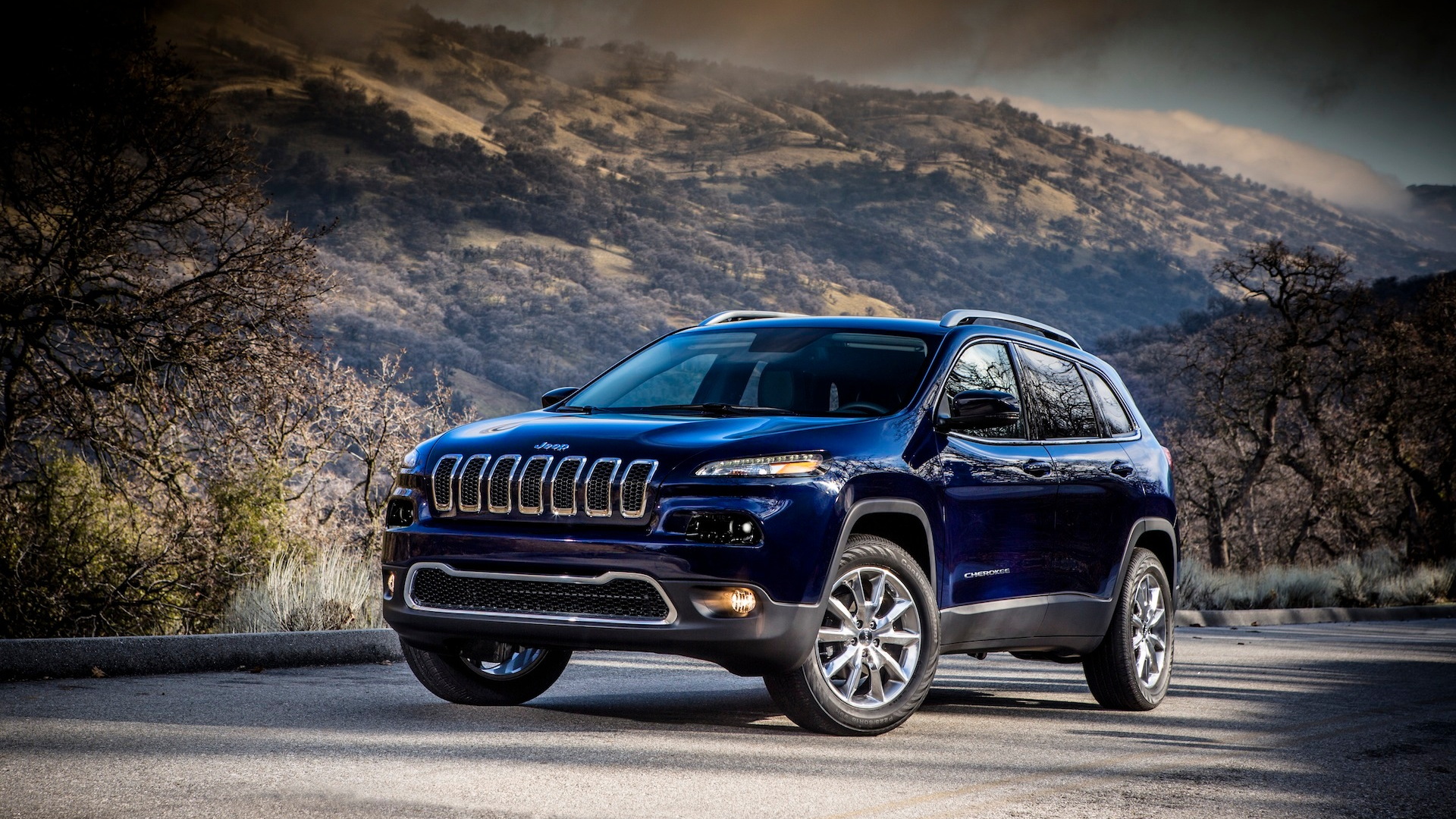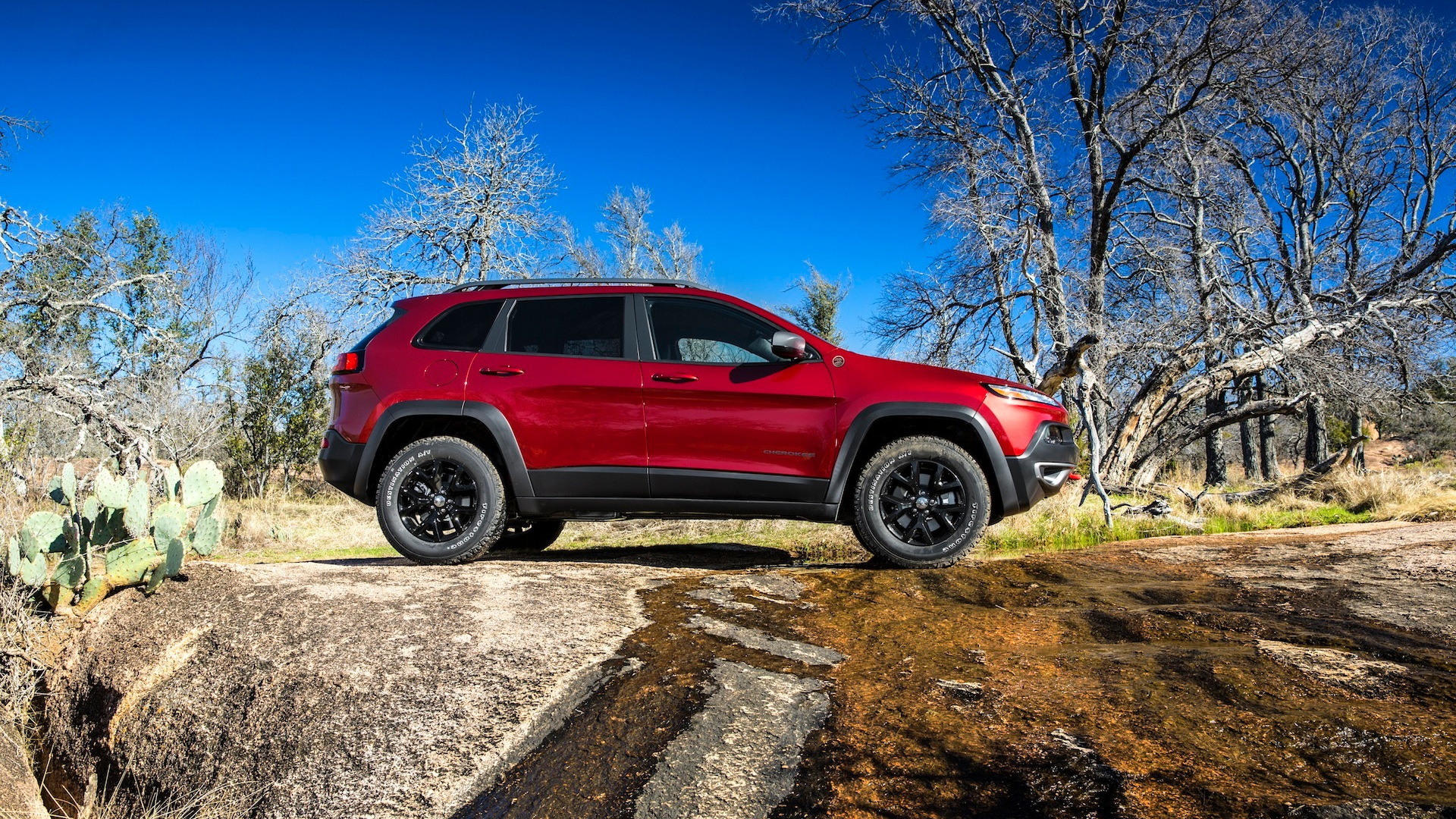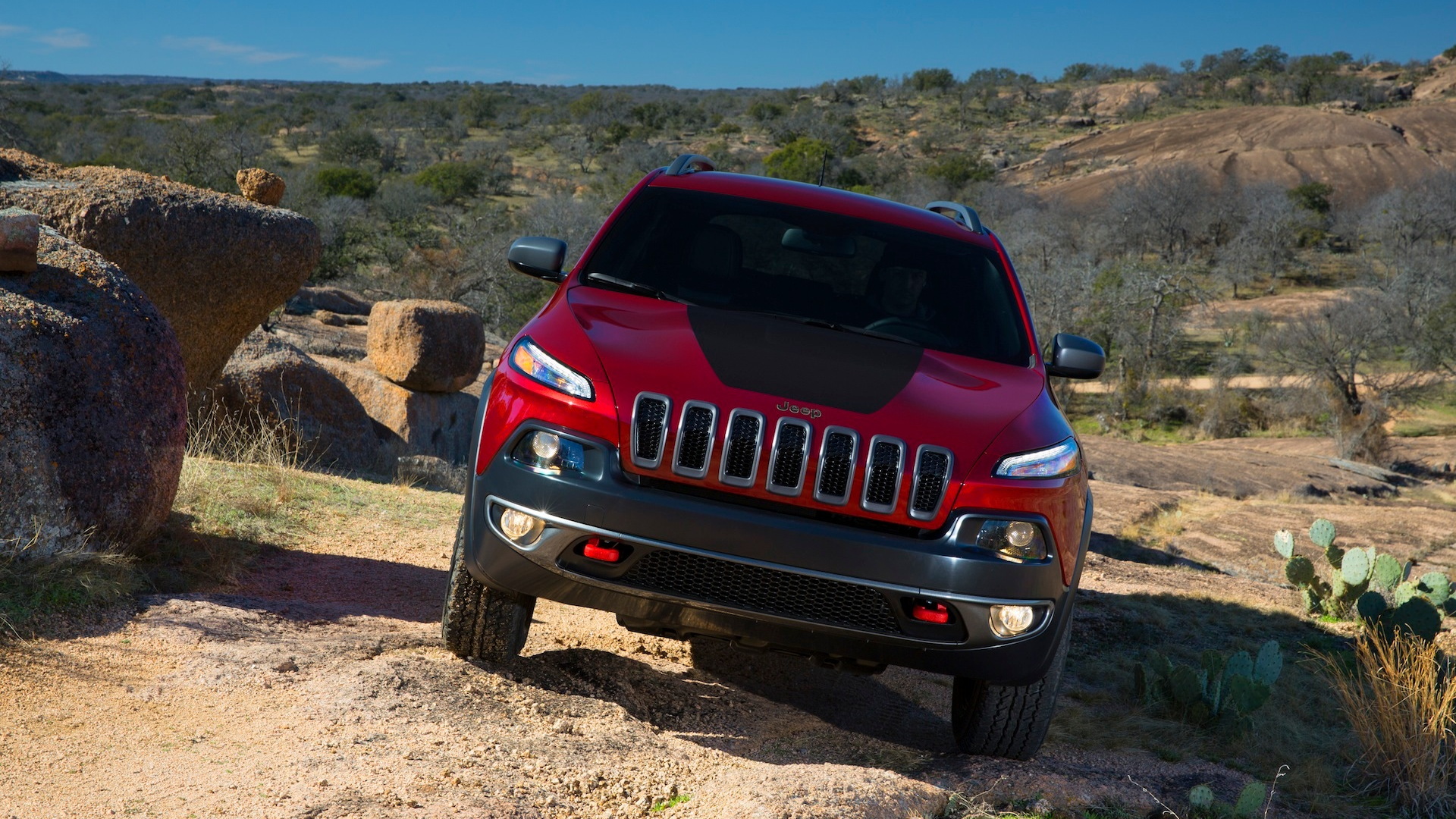On Tuesday, Wired posted an account of writer Andy Greenberg's ongoing experiment to demonstrate the potential of the 2014 Jeep Cherokee to be remotely hacked.
During this round, partners Charlie Miller and Chris Valasek were able to access the vehicle's climate control, entertainment, transmission, and engine via their laptops, all while miles away. At one point, the Jeep was rendered completely undrivable. The exercise was a scary demonstration of the potential for connected vehicles to be compromised, made more terrifying by the fact that it was conducted not on a closed course, but on a busy freeway near downtown St. Louis.
CHECK OUT: Former Chrysler Quality Chief Heads To Apple As Rumors Fly
Here's an excerpt:
At that point, the interstate began to slope upward, so the Jeep lost more momentum and barely crept forward. Cars lined up behind my bumper before passing me, honking. I could see an 18-wheeler approaching in my rearview mirror. I hoped its driver saw me, too, and could tell I was paralyzed on the highway.
This morning, Fiat Chrysler Automobiles [NYSE:FCAU] responded to the grossly irresponsible stunt. First, the company highlighted that there have been no real-world cases similar to what happened during this undertaking, and then it directed consumers to a security patch for the 8.4-inch touchscreen system that allowed the exploit.
At this point, the software cannot be installed or upgraded wirelessly.
Given the advances happening in the realm of connected and autonomous vehicles—see Tesla Motors' [NSDQ:TSLA] upcoming "Autopilot" feature—it's more important than ever to know their vulnerabilities. Tesla isn't immune to this either; a contest at a Chinese security conference last year proved the Model S is vulnerable.
ALSO SEE: Michigan Set To Open 32-Acre Autonomous Car Test 'City': Video
The potential loss of life which could occur if malicious individuals manage to take control of vehicles is staggering, and would make the Target hack of 2013, where millions of credit card numbers were stolen, pale in significance.
But there are better ways to raise these concerns than conscripting innocent commuters into a potentially lethal demonstration. A race track, or better yet, a fake city designed for just such a purpose would have been a better venue for Greenberg's experiment. You don't test emergency exits by yelling fire in a crowded theater.
_______________________________________





